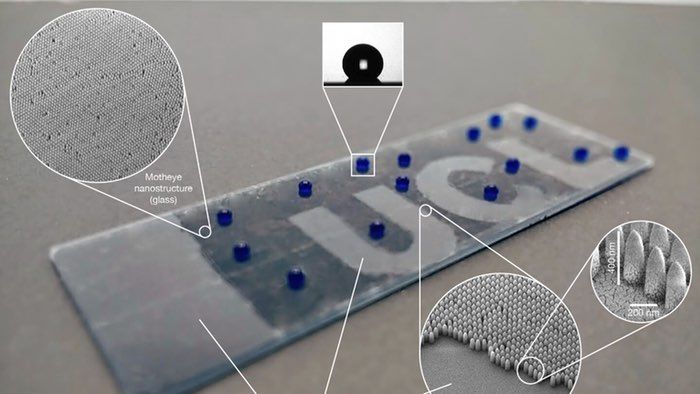Stanford used modified messenger RNA to extend the telomeres so the whole process if it translates effectively into humans — and the evidence is suggesting it will — would be pretty straightforward especially when you consider the degree of extension which is 1000 nucleotides and the fact that the telomerase which lengthens the telomeres is only active in the body for 48 hours which means there is no significant risk of cancer due to the limited time during which proliferation of the cells could take place.
It’s true that Lobsters defy the normal aging process which in humans increases the risk of heart disease, stroke, cancer, Alzheimer’s and diabetes in humans but not only that they actually become stronger and bigger with age each time they shed their shell whereas humans and other mammals are completely the opposite suffering muscle loss, stiffness and elevated risk of fractures etc. Lobsters just keep growing and can grow to a colossal size over the years there is information on a 95 year old 23 pounder (10.5kg) here http://www.cbsnews.com/news/95-year-old-lobster-featured-at-…estaurant/
Normally a lobster dies because it is eaten by a predator I.e us!, suffers an injury or gets a disease. we know the reason they remain fit and strong and it lies in their use of telomerase to protect their DNA and prevent their telomeres shortening and as a result protecting their cells from dying they also have a vast supply of stem cells which can turn into any into any type body of tissue and this will be one of our main tools for biomedical repairs in the future along with telomere lengthening as explained below because if we can extend our telomeres we will also hold one of the keys to life extension.
Based on current research it is technically possible and highly probable work on telomere lengthening at Stanford university will translate into humans giving us the health benefits currently confined to lobsters and the hydra. The primary concern with the lengthening of telomeres used to lie in the theoretically elevated risk of cancer but this problem does not apply based on the current research which you can see on the Stanford University website here https://med.stanford.edu/news/all-news/2015/01/telomere-exte…cells.html as a researcher in aging I consider this research and some supporting and complementary research which has taken place at Harvard coupled with a additional research relating to a compounds that is related to Rapamycin tends to indicate that we are finally making significant progress in addressing the diseases of aging. Interestingly shortening of telomeres was until recently perceived by many as being a result of aging and not causal but the research at Stanford clearly repudiates this and suggests that Dr Bill Andrews the leading researcher into telomeres was correct all the way along.








